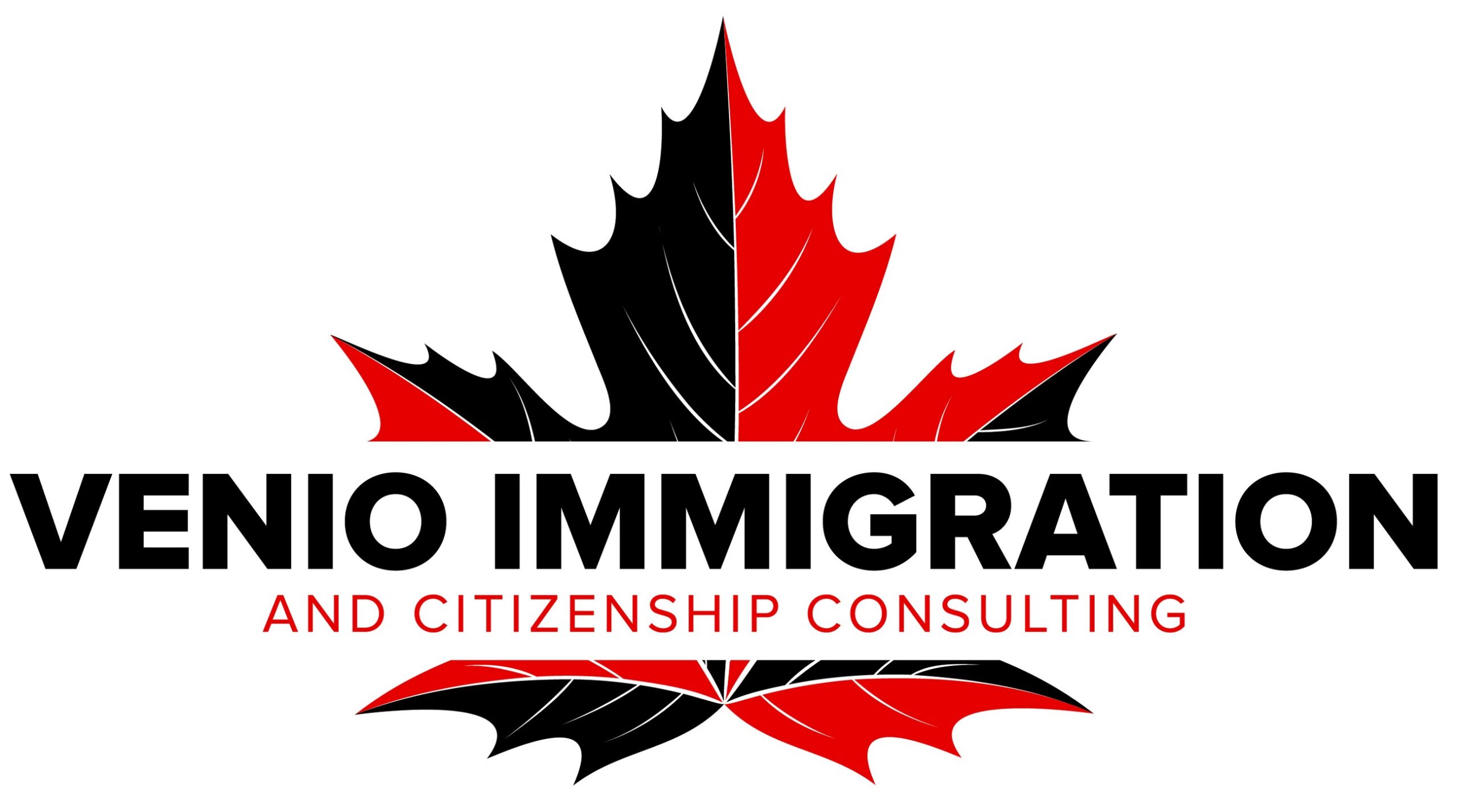What should I do if I have misstated my marital status when applying to immigrate to Canada?

The Canadian immigration process is renowned for its rigor and the precision required in the information provided. A mistake, even an unintentional one, can jeopardize an entire application and have far-reaching consequences. In this article, we'll explore the possible actions to take if you've made a mistake in declaring your marital status, for example if you've declared "married" instead of "common-law" or vice versa. We'll discuss the legal implications, possible solutions, and tips for minimizing the risks associated with this situation.
Understanding the consequences of an error in declaring marital status
When completing an Expression of Interest or a formal application for a Canadian immigration program, it is essential to provide accurate and verifiable information. Marital status is one of the critical elements taken into account by immigration officers. An error in this area can have several consequences:
- Impact on points calculation In programs such as Express Entry programs, marital status influences the candidate's score. An error can alter the points awarded to your application.
- Risk of misrepresentation A misrepresentation, whether intentional or not, can lead to severe penalties, including refusal of the application or a ban on submitting a new application for several years.
- Administrative complexity Correcting an error after you've been invited to submit a complete application can complicate the process and delay the review of your file.
Option 1: Submit a letter of explanation
When an error is made on an immigration application, the first option to consider is to submit an explanatory letter to the immigration officer. Here are the steps to follow to write and submit this letter:
- Recognize the error as soon as possible It's crucial to inform the authorities as soon as the error is detected. In your letter, start by clearly explaining the error.
- Providing proof : To support your explanation, enclose proof of your true status.
- Expressing the will to correct In your letter, indicate your willingness to correct the error and ask for instructions on how to proceed. This shows your good faith and commitment to providing accurate information.
- Remaining respectful and formal : Communication with immigration authorities should always be professional. Be polite, respectful and clear in your letter.
Submitting an explanatory letter is often the best option, as it allows the immigration officer to consider the situation before making a decision. If the error is recognized quickly and explained convincingly, the officer may allow the information to be corrected without penalizing the applicant.
Option 2: Decline the invitation and try again
Refusing the invitation to submit a complete application is another, albeit more radical, option. This option can be considered in the following situations:
- The error is deemed too serious to be corrected If you think the mistake could seriously compromise your chances of success or lead to charges of misrepresentation, it may be safer to decline the invitation.
- Sufficient time to resubmit a Declaration of Interest If you are still eligible to submit a new Declaration of Interest, you can correct the error and wait for a new invitation.
The disadvantages of this option include wasted time and the risk of not receiving a new invitation as quickly or with as favorable a score. However, it can avoid the risk of more serious sanctions if the error is discovered late in the process.
Common immigration declaration errors and how to avoid them
It's important to recognize that immigration application mistakes are more common than you might think, and many of them can be avoided by following a few simple tips:
- Careful verification of information Before submitting any declaration or request, take the time to verify all information. This includes dates, names, document numbers and, of course, marital status.
- Consult a professional : Hiring an immigration consultant or lawyer can help you avoid mistakes and navigate the complexities of immigration applications.
- Use official resources Federal and provincial government websites offer detailed guides on how to fill out the forms correctly. Use these resources to make sure you understand the requirements.
- Double-checking before submission Before you click on "submit", make sure you have reread all the sections of your form. It's often useful to have someone else read over your application to detect any errors you may have missed.
Conclusion
Making a mistake in declaring your marital status when applying to immigrate to Canada can seem overwhelming, but there are ways to correct the situation. Whether you choose to submit a letter of explanation or decline the invitation to start the process all over again, the important thing is to act quickly and thoughtfully. Immigration is a complex process, and every detail counts. By following best practices and seeking help when you need it, you'll maximize your chances of success.
Ultimately, honesty and transparency are your best assets in any immigration process. Immigration officers appreciate applicants who take responsibility for correcting their mistakes, and who show a willingness to comply with current rules and regulations.






